Your shopping cart is empty!
MENU
- +
- Pet Lovers +
-
Cool Dogs+
-
Cool Cats+
- Grooming +
-
Health & Safety+
-
Home or Travel+
- +
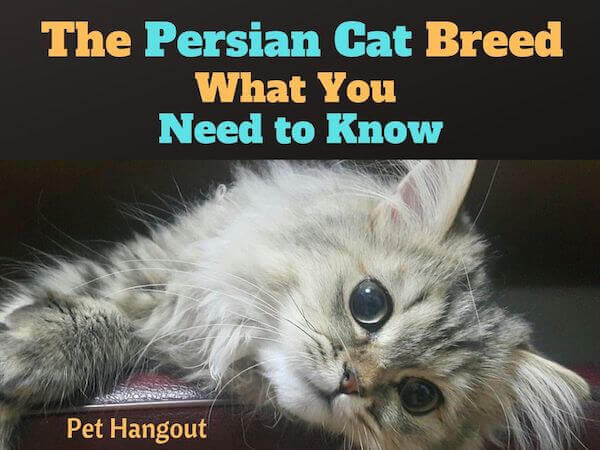
Welcome!
We are so excited to introduce to you our new Cat Breed series! Today PetHangout is talking about the sophisticated Persian.
Name: Felis Catus
General Description:
The Persian Cat has a signature look with very long hair, a rounded face, and a “smashed-in” like face. It is one of the oldest cat breeds known. It is also known as the “Persian Longhair”, the “Iranian Cat”, and the “Shirazi Cat”.
Overview:
The male will grow to be large and normally weighs 12 pounds or greater. The female will be of medium size and weigh 8 - 12 pounds. Their life expectancy is anywhere from 10 - 17 years (indoors) and 8 - 11 years (outdoors).
Their fur color ranges from White, Red, Cream, Black, Blue, Chocolate, Lilac, Silver, Golden, Cameo, Tortoiseshell, Blue-cream, Brown, and Calico.
Their eye color ranges from Blue, Copper, Green, Hazel.
They are best known as a content cat that is totally happy being still and quiet. Normally, they are no trouble in your home and your furniture, drapes, and upholstery are safe from claw marks.
Although they are considered “low-energy”, they may have times of “kitten-like” bursts of play!
They reserve their affections and love for a few humans that they can totally trust. Don’t expect this kitty to greet just any visitor with open paws. Oh no, you must be received into the inner circle to gain their love, purrs, and attention.
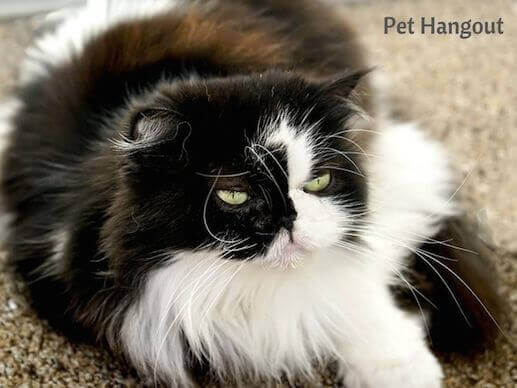

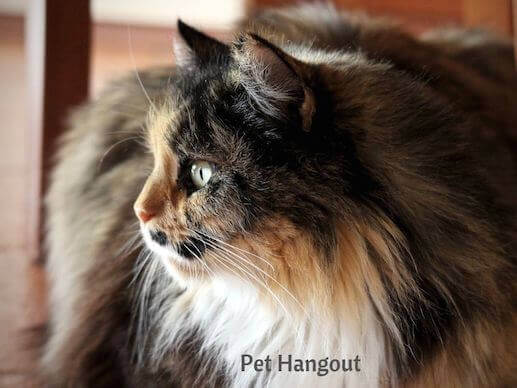
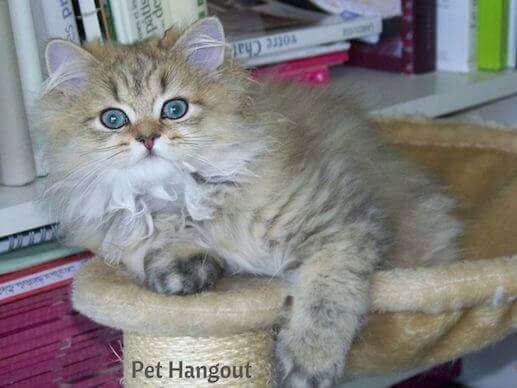
Profile of the perfect Persian cat parent:
Questions to ponder before taking the leap with this kitty:
Persian Cat at a glance (score 1 - 10 1 = low/small; 10 = high/large)
Care Demand: 10
Social: 7 (loves being around those they trust)
Good with children/elderly: 8 (a great comforting kitty)
Needs to be around humans: 5
Can be independent: 8
Likes to be around other animals: 6 (could go either way depending on their socialization with other animals)
Destructive with claws: 5
Health issues: 5
Life Expectancy: 8
Playful: 4
Needs lots of exercise: 9
Vocal: 5
Needs lots of grooming: 9
Amount of shedding: 10 (this can be managed by proper grooming daily)
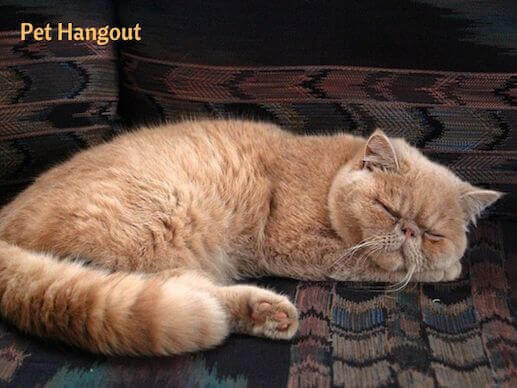
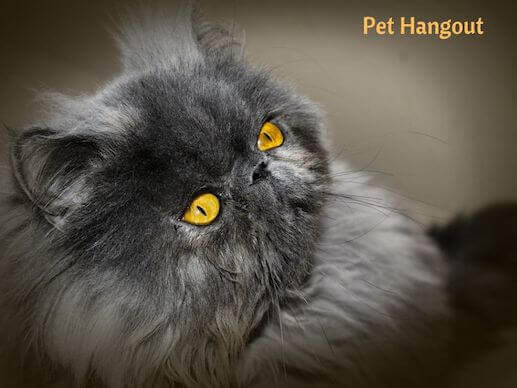
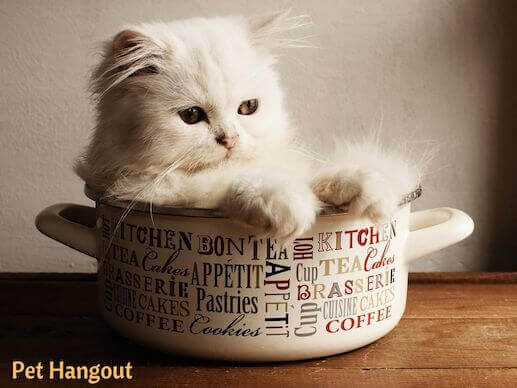
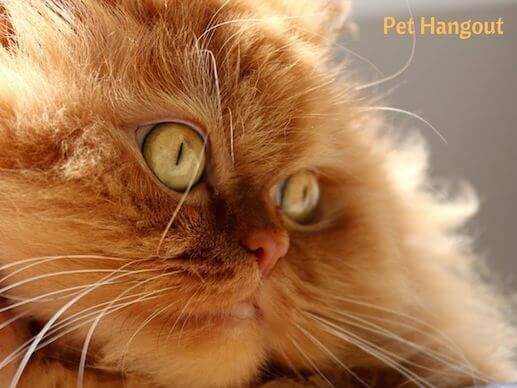
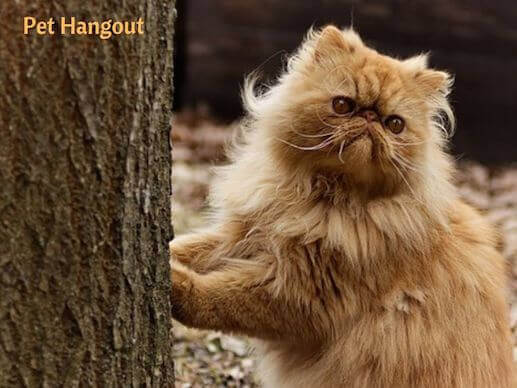
More about the Persian Cat:
Notable Cool Facts: The Persian Breed has very long hair that will feel silky soft.
In 1872, the breed was showcased in the world’s first cat show at the Crystal Palace. And to no surprise, the Persian kitty won “Best In Show”.
In 1906, the Cat Fanciers’ Associations recognized the Persian as one of the first registered breeds.
Today, the Persian is one of the most popular cats in the United States.
Florence Nightingale doted on her large Persian named Mr. Bismarck.
Their faces haven’t always been flat! A genetic mutation caused a litter of kittens to be born with “scrunched-faced” features. The breeders loved it and used selective breeding to keep the look.
They have been immortalized by the art world. One very large painting, My Wife’s Lovers, featured a woman’s assortment of Persians and Angoras and sold for $820,000!
History: Of Iranian descent, no one quite knows exactly how the rest of the world discovered these beauties.
One theory is that in 1620, an Italian nobleman named, Pietro Della Valle, brought 4 pairs of them home to Europe from a bazaar during his travels through Persia (today is known as Iran).
Behavior (personality):
Children - Very docile around children. Having said this, you must teach children to respect the claws and not to poke at them or pull their tail. No cat will enjoy this type of treatment!
Elderly - Awesome lap kitties to the elderly. Can be a loving companion.
Play - Pretty docile and almost lazy. May get a burst of kitty-like play on occasion.
Other Pets - Happy to be around other animals unless others try to chase or aggravate them.
Strangers - Is okay with strangers but may hide away a bit until the stranger has earned their trust.
When in a new environment - They may feel a bit anxious in new environments, especially if not with you. They will be most clingy to you during new situations, places, etc.
Care:
Feeding: Your cat is quite happy eating a small portion twice a day. If your cat is a grazer, you can put feed in a continuous feeder. If they gulp their food down (much like a dog would), then it’s best to only give them the portion size for the one meal only.
For the Persian, we recommend high-quality protein food without a lot of fillers. Because of your Persians’ flat face, sometimes they have overcrowded teeth that could make eating hard or painful for them.
Choose a soft food that is also a “hairball” formula. This will help combat any hairballs that may form from your cat licking and grooming their long mane!
Grooming - It’s best to try to brush out your Persian daily to keep hair mats at bay. A grooming glove or slicker works great. And did we mention that the kitty will go gaga over this lavish of love…?
Exercise - Since your Persian can be a bit docile, it’s important to encourage daily play/exercise (at least 20 minutes) to keep them in tip top shape. If it’s up to kitty, they will probably choose to sleep all day!
Common Health Issues:
Rescues/Clubs:
Popular Persian Cat Facebook page
Petfinder's Persian Cat information
Breeders:
There are a lot of things to think about when searching for a reputable Persian Cat Breeder.
We encourage you to check out the breeder referral service from The Cat Fancier’s Association. http://cfa.org/Owners/FindingAKitten/SearchforaKitten.aspx
It’s full of a wealth of information on questions to ask, things to look for, the different types of breeders, and all the good, bad, and ugly of the breeding world. Educate yourself with the facts first before talking to a breeder for the love of the Persian Cat Breed!
Watch this very informative video about the Persian Cat!
Do you just love the Persian Cat?
Tell us why below!
For more pawesome feline reads, check out 7 Reasons Why Your Kitty Pees in the Wrong Place, 5 Reasons Your Curious Cat and Loyal Dog Are Different, and 11 Secrets of the Playful and Beautiful Savannah Cat.